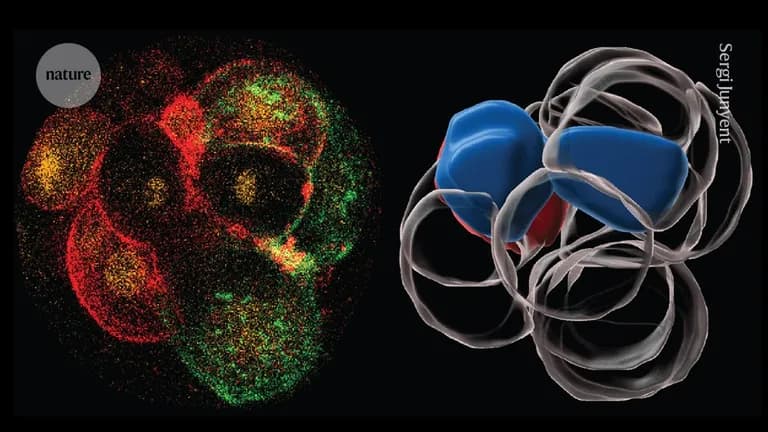Summary
The two cells that make up a one-day-old human embryo might look identical at first glance. But a study shows that most of the human body forms from only one of those cells. The finding could help to increase the success rate of in vitro fertilization procedures.
Knowing which cells are more likely to form the fetus could allow IVF clinics to better screen embryos to find those that are most likely to lead to successful pregnancies. It’s not yet clear what causes the asymmetry. In mice, the location at which the sperm enters the egg affects how the egg then divides.
